Hurricane Katrina, 10 Years Later: Recovery Efforts Gauged Differently According to Race
Just as the immediate aftereffects of Hurricane Katrina hit New Orleans residents in different ways—depending on race, class and other factors—the story of the city's recovery a decade later varies, depending on who tells it.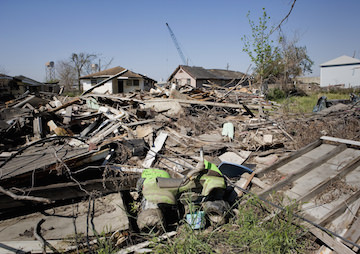 Heavily damaged houses in New Orleans' Ninth Ward after Hurricane Katrina hit in late August 2005. (Brian Nolan / Shutterstock)
Heavily damaged houses in New Orleans' Ninth Ward after Hurricane Katrina hit in late August 2005. (Brian Nolan / Shutterstock)
Just as the immediate aftereffects of Hurricane Katrina hit New Orleans residents in different ways—depending on race, class and other factors—the story of the city’s recovery a decade later varies, depending on who tells it.
Wednesday’s The New York Times coverage of the cataclysmic hurricane’s 10-year anniversary set the stage:
NEW ORLEANS — It is a wonder that any of it is here at all: The scattered faithful gathering into Beulah Land Baptist Church on a Sunday morning in the Lower Ninth Ward. The men on stoops in Mid-City swapping gossip in the August dusk. The brass band in Tremé, the lawyers in Lakeview, the new homeowners in Pontchartrain Park.
On Aug. 29, 2005, it all seemed lost. Four-fifths of the city lay submerged as residents frantically signaled for help from their rooftops and thousands were stranded at the Superdome, a congregation of the desperate and poor. From the moment the storm surge of Hurricane Katrina dismantled a fatally defective levee system, New Orleans became a global symbol of American dysfunction and government negligence. At every level and in every duty, from engineering to social policy to basic logistics, there were revelations of malfunction and failure before, during, and after Katrina.
Ten years later, it is not exactly right to say that New Orleans is back. The city did not return, not as it was.
The divide between the “before” and “after” pictures of New Orleans is more of a gulf for local African-Americans than it is for white residents, as a recent poll by the Kaiser Family Foundation and NPR detailed.
The Huffington Post on Wednesday expanded on that survey’s results:
A Kaiser Family Foundation/NPR poll released in August found that while 70 percent of white residents think the city has mostly recovered, only 44 percent of black residents say the same. The racial divide is apparent in the perceived level of progress made across different areas.
African-American respondents report seeing a lesser degree of progress on jobs, schools, housing, repairs made and safety than white respondents. African-American residents have seen greater progress than white residents, however, in available public transportation and improved medical facilities, and both groups were about even in their perception of progress on crime and safety.
And while both black and white residents see the least progress on controlling crime and public safety, African Americans are more likely to say their neighborhood doesn’t have enough police, that they worry about being a victim to a violent crime, and that they don’t feel a sense of safety from crime in their neighborhood.
Click here for a glimpse of BET’s program “Katrina 10 Years Later: Through Hell in High Water.”
–Posted by Kasia Anderson
Your support matters…Independent journalism is under threat and overshadowed by heavily funded mainstream media.
You can help level the playing field. Become a member.
Your tax-deductible contribution keeps us digging beneath the headlines to give you thought-provoking, investigative reporting and analysis that unearths what's really happening- without compromise.
Give today to support our courageous, independent journalists.
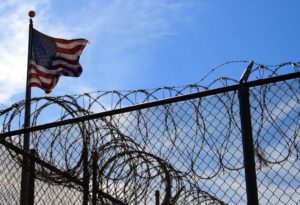
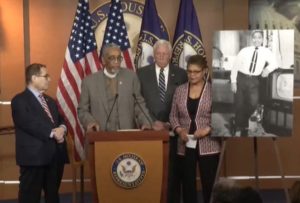
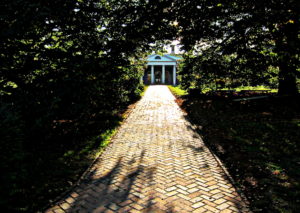
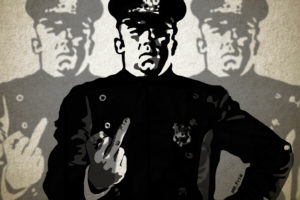

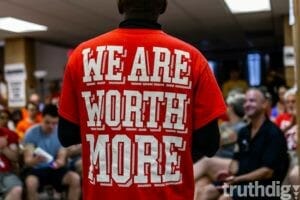
You need to be a supporter to comment.
There are currently no responses to this article.
Be the first to respond.